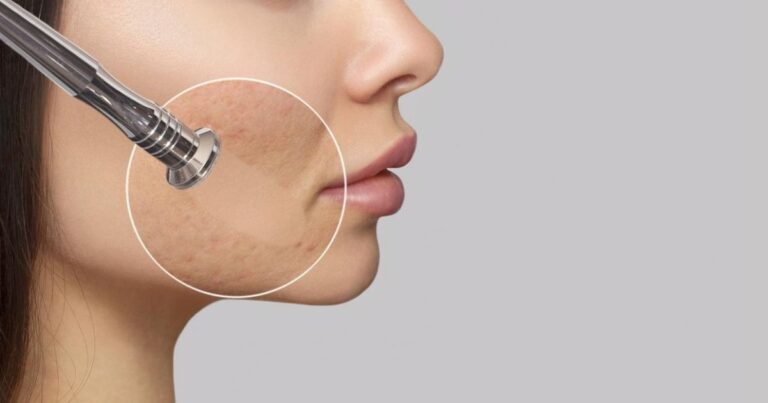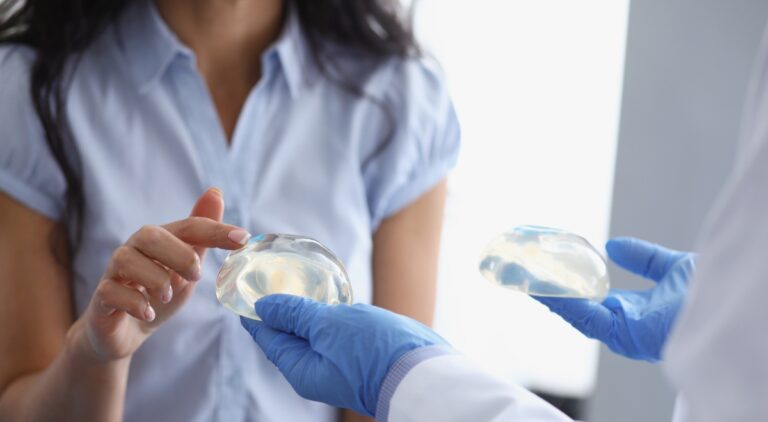Increasing one’s self-esteem and improving one’s overall appearance, breast augmentation is a typical cosmetic operation.
However, post-surgery care is essential for optimal results and a smooth recovery. A common concern for many individuals is when they can safely return to their exercise routine after undergoing breast augmentation. This comprehensive guide will explore the appropriate timelines, precautions, and exercise after breast augmentation surgery.
Why Exercise After Breast Augmentation Matter?
Exercise is crucial after any surgery, including breast augmentation. Physical and mental health both benefit from regular exercise.
Some benefits of exercising after breast augmentation include:
Book A Consultation With Dr Tarek Bayazid
Top-rated Plastic Surgeon For Breast Augmentation in Dubai
Installment Plan Available
Promoting circulation
Exercise helps improve blood flow, aiding the healing process and reducing the risk of complications.
Reducing inflammation
Gentle exercise can help decrease inflammation and alleviate discomfort during recovery.
Maintaining muscle tone: Engaging in controlled physical activity helps preserve muscle mass and prevents muscle atrophy.
Supporting mental health
Exercise releases endorphins, which can improve mood and reduce stress during recovery.
Recovery and Gentle Movements
In the first week following your breast augmentation, your primary focus should be rest and recovery. Immediately after surgery, your body needs time to heal, and engaging in strenuous exercise can cause complications, such as increased swelling, bleeding, or implant displacement.
However, gentle movements and light stretching are encouraged during this time, as they can help prevent blood clots, reduce stiffness, and promote circulation. Some low-impact activities you can consider include:
Consult your surgeon before engaging in physical activity during this initial recovery period.
Gradually Increasing Activity Levels
If your surgeon gives you the green light, you can increase your activity level in the second and third weeks after surgery.
Listening to your body and avoiding pushing yourself too hard is essential, as this can hinder the healing process.
Some moderate exercises to consider during this stage include:
Avoiding upper body workouts or high-impact exercises during this time is crucial, as they can strain the healing tissues and potentially cause complications.
Reintroducing Upper Body Exercises
You can gradually resume upper body exercises after four weeks after surgery, depending on your surgeon’s recommendations. It is essential to ease into exercises and gradually increase the intensity as your body adapts.
Examples of upper body exercises to consider include:
Remember to avoid heavy lifting, jumping, or any activities that cause excessive bouncing or high impact on the chest during this stage. Discover Radiance at Dubai’s Top Aesthetic Clinic and experience the best beauty treatments that will make you shine. It’s like a magical place where they help you look your best! A 300cc breast size boost means getting bigger breasts by adding 300cc of volume to them making them look fuller and rounder.
Rippled implant appearance
Full Exercise Routine and Precautions
After six weeks, most individuals can safely return to their exercise routine, including high-impact activities and weightlifting. However, it’s crucial to consult your surgeon before resuming your pre-surgery exercise regimen, as individual healing times may vary.
As you reintroduce more vigorous exercises, keep the following precautions in mind:
Warm-up and cool down.
You should always warm up and cool down before and after working out to avoid injury and speed up recovery.
Progress gradually
Take time with it; gradually boost your workout’s intensity and duration.
Listen to your body
Pay attention to any discomfort or pain during your workouts, and stop if something doesn’t feel right. Consult your surgeon if you experience any persistent issues.
Wear a supportive sports bra.
Wearing a well-fitting and supportive sports bra during exercise is essential to protect your breast implants and maintain their shape. Without proper support during physical activity, your breasts can sag and undo the results of your breast augmentation procedure.
Additionally, a sports bra with adequate support can help prevent discomfort or pain in the back, shoulders, and neck. Therefore, choosing a sports bra that fits well and provides the right level of support for the intensity of your exercise routine is crucial.
Exercising after breast augmentation is essential to healing and maintaining a healthy lifestyle. With proper guidance from your surgeon and a reputable clinic, you can safely return to your exercise routine and enjoy the full benefits of your surgery.
Choosing the right surgeon for your breast augmentation is necessary as they will carefully assess your needs, overall health, and specific goals to provide tailored advice on post-operative exercise.
Look no further than Dr. Tarek Bayazid and his staff if you consider breast augmentation with lift and value working with qualified experts. Our Dubai clinic provides individualised attention, cutting-edge technology, and unwavering dedication to your success.
Don’t hesitate to take the first step towards a more confident you – request a quote today and let us help you on your journey to a beautiful, natural-looking outcome.







